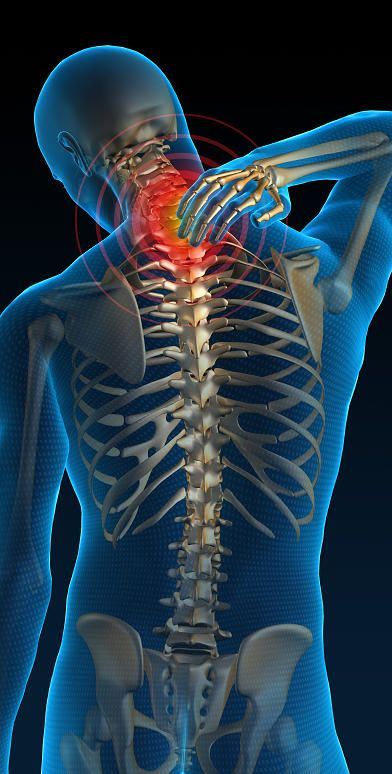
Back spasms can be excruciatingly painful, rendering even the simplest movements challenging. For many, the thought of exercising while experiencing a back spasm may seem counterintuitive or even dangerous. However, the decision to exercise with a back spasm is not always straightforward and depends on various factors. In this comprehensive guide, we will delve into the nuances of exercising with a back spasm to provide you with the insights needed to make an informed decision.
Aspadol tablet is a drug made mostly of the active component Tapentadol, which is often used to treat moderate to severe pain. Tapentadol works by changing how the brain views pain signals. It is often recommended for chronic pain, neuropathic pain, and pain caused by musculoskeletal injury.

Understanding Back Spasms
Before delving into whether you should exercise with a back spasm, it’s crucial to understand what a back spasm is and what causes it. Back spasms, also known as muscle spasms, are involuntary contractions of one or more muscles in the back. These spasms can range from mild to severe and may occur suddenly or develop over time.
Back spasms can be triggered by various factors, including:
- Muscle Strain: Overexertion or improper lifting techniques can strain the muscles in the back, leading to spasms.
- Poor Posture: Prolonged sitting or standing with poor posture can put stress on the back muscles, increasing the risk of spasms.
- Injuries: Traumatic injuries, such as falls or accidents, can damage the muscles and nerves in the back, resulting in spasms.
- Dehydration: Inadequate hydration can cause muscle cramps and spasms, including those in the back.
- Medical Conditions: Certain medical conditions, such as herniated discs or spinal stenosis, can predispose individuals to experience back spasms.
Aspadol 100mg (Tapentadol) tab is a painkiller that works in two ways to treat mild to serious short-term (acute )and long-term (chronic)pain.Aspadol 100mg Tablet (Nucynta) is a narcotic analgesic that is medicine used to treat moderate to severe acute pain.

The Benefits of Exercise
While it may seem counterintuitive to exercise while experiencing a back spasm, moderate exercise can actually provide several benefits for managing and preventing future episodes. Here are some ways in which exercise can benefit individuals with back spasms:
- Strengthens Muscles: Engaging in targeted exercises can help strengthen the muscles in the back, providing better support for the spine and reducing the risk of future spasms.
- Improves Flexibility: Stretching exercises can improve flexibility and range of motion in the back, reducing stiffness and discomfort associated with spasms.
- Promotes Healing: Gentle, low-impact exercises can promote blood flow to the affected area, facilitating the healing process and alleviating pain.
- Boosts Mood: Exercise releases endorphins, the body’s natural painkillers, which can help elevate mood and reduce stress levels often associated with back pain.
Types of Exercises to Consider
When deciding whether to exercise with a back spasm, it’s essential to choose activities that are gentle on the back and unlikely to exacerbate the symptoms. Here are some low-impact exercises that may be beneficial:
- Walking: Walking is a low-impact exercise that can help improve circulation and promote healing without putting undue stress on the back.
- Swimming: Swimming and water aerobics are excellent options for individuals with back spasms as the buoyancy of the water reduces the impact on the spine.
- Yoga: Gentle yoga poses can help stretch and strengthen the muscles in the back, promoting flexibility and relaxation.
- Pilates: Pilates focuses on core strength and stability, which can help alleviate back pain and prevent future spasms.
- Tai Chi: This gentle form of martial arts combines slow, flowing movements with deep breathing techniques, promoting relaxation and balance.
Precautions to Take
While exercise can be beneficial for managing back spasms, it’s essential to approach it with caution and take appropriate precautions to avoid exacerbating the symptoms. Here are some tips to keep in mind:
- Consult with a Healthcare Professional: Before starting any exercise program, especially if you’re experiencing back spasms, it’s crucial to consult with a healthcare professional to ensure that it’s safe for you.
- Start Slowly: Begin with gentle, low-impact exercises and gradually increase the intensity and duration as your back muscles strengthen and the symptoms improve.
- Listen to Your Body: Pay attention to how your body responds to exercise and stop immediately if you experience increased pain or discomfort.
- Use Proper Form: Whether you’re walking, swimming, or practicing yoga, be mindful of your posture and use proper form to avoid straining the muscles in your back.
- Stay Hydrated: Drink plenty of water before, during, and after exercise to prevent dehydration, which can exacerbate muscle cramps and spasms.
Conclusion
In conclusion, whether you should exercise with a back spasm depends on various factors, including the severity of the symptoms, underlying causes, and individual circumstances. While gentle, low-impact exercise can be beneficial for managing back spasms and preventing future episodes, it’s essential to approach it with caution and consult with a healthcare professional before starting any exercise program. By incorporating appropriate precautions and choosing suitable activities, you can safely reap the benefits of exercise while minimizing the risk of exacerbating your back spasms.






